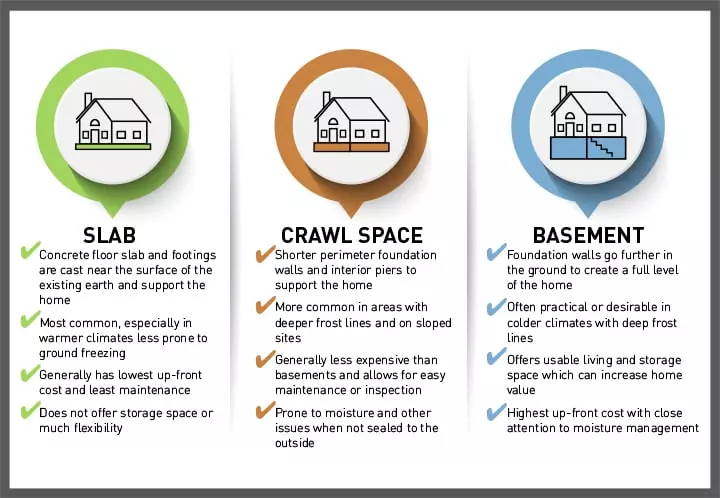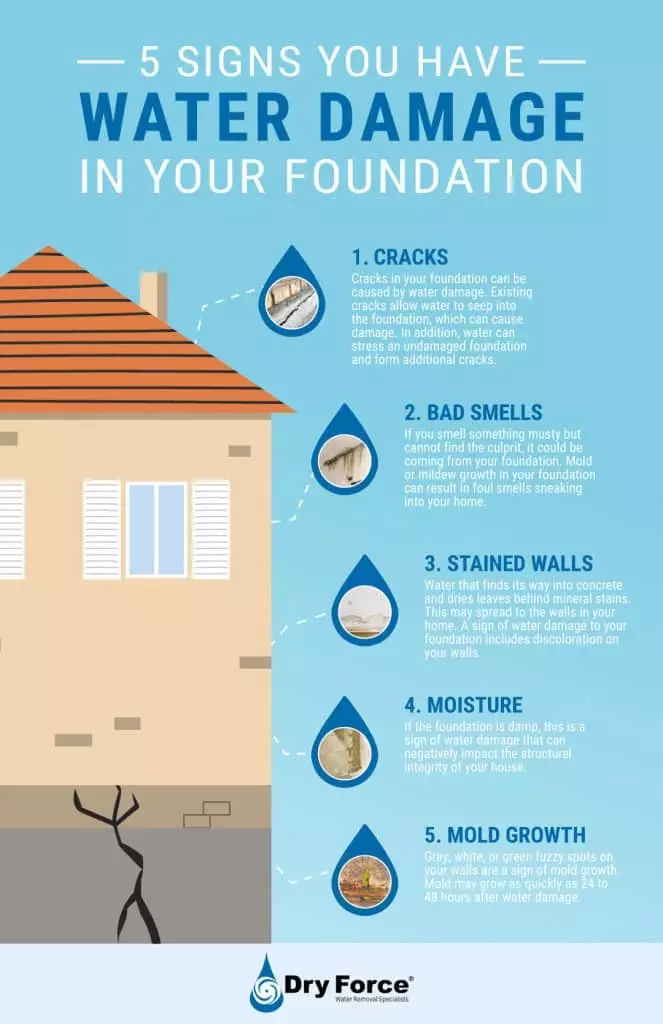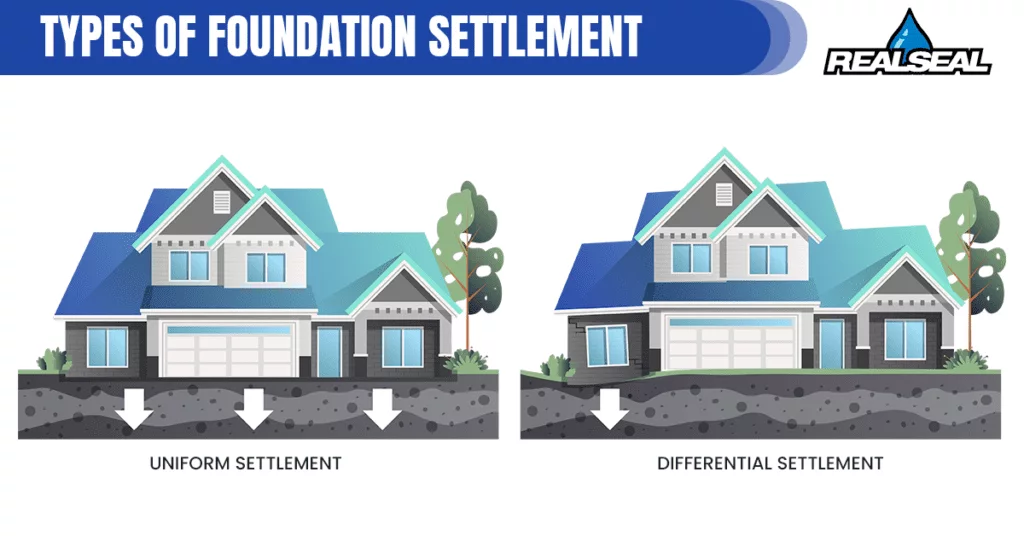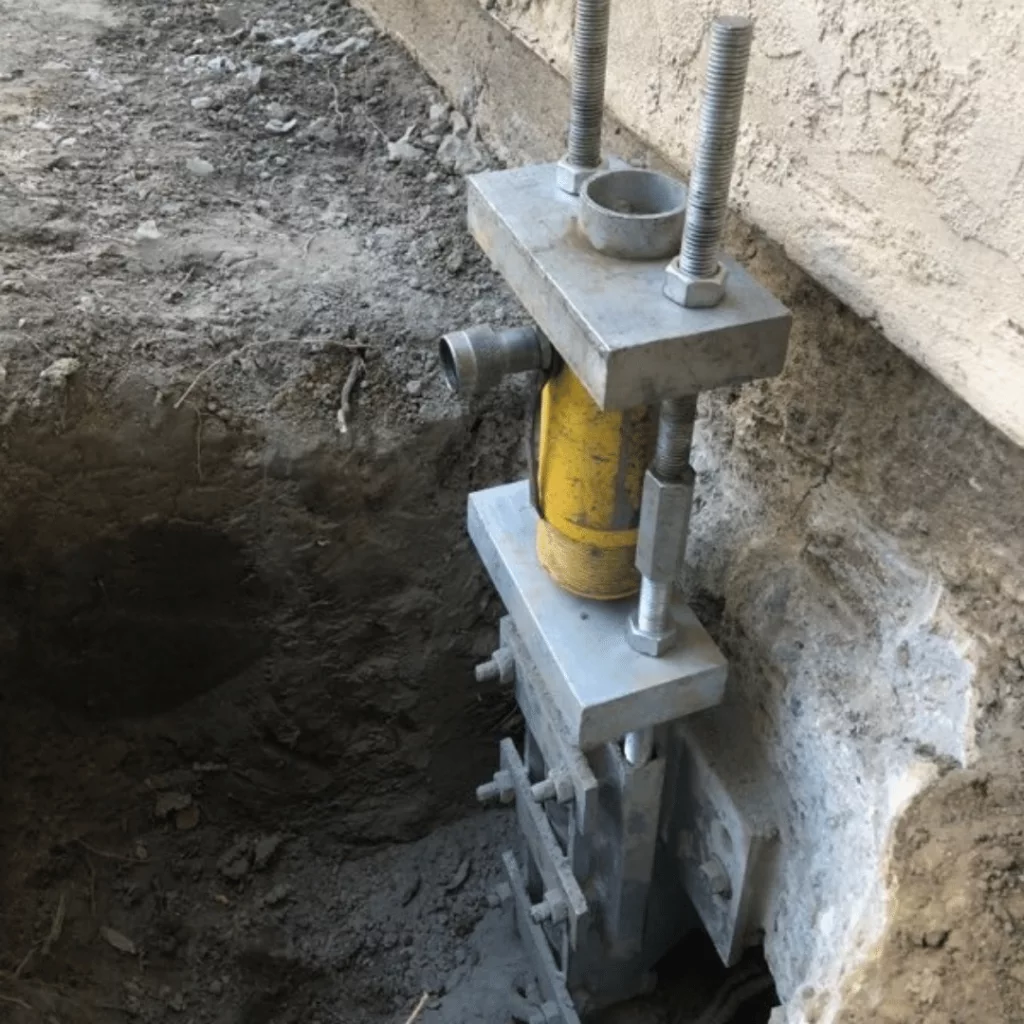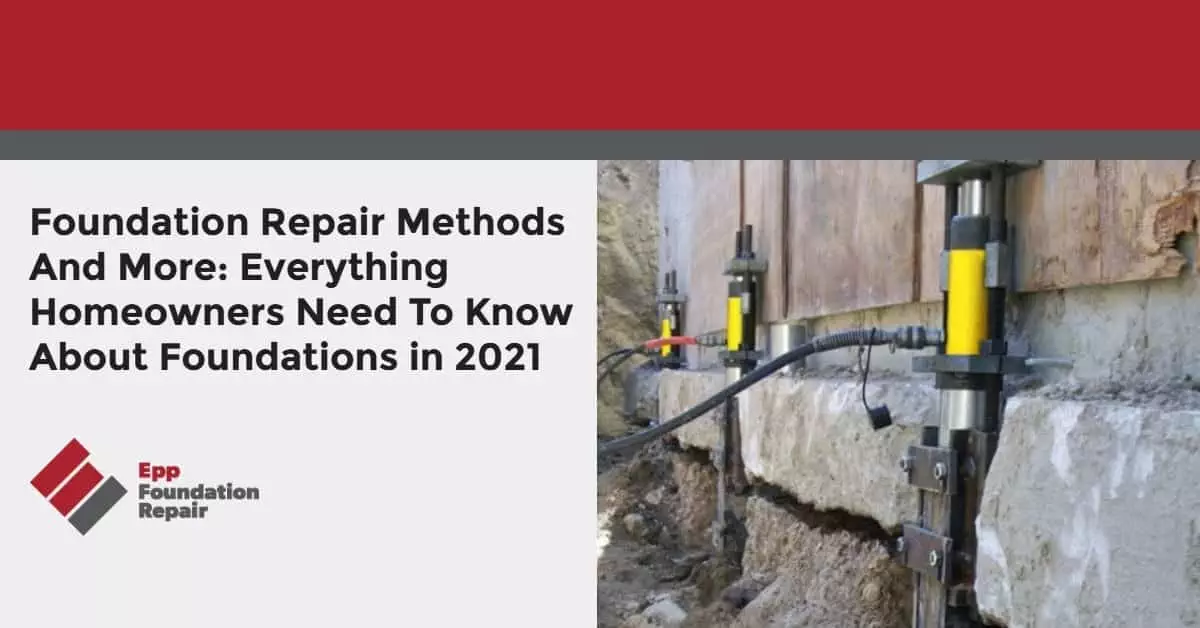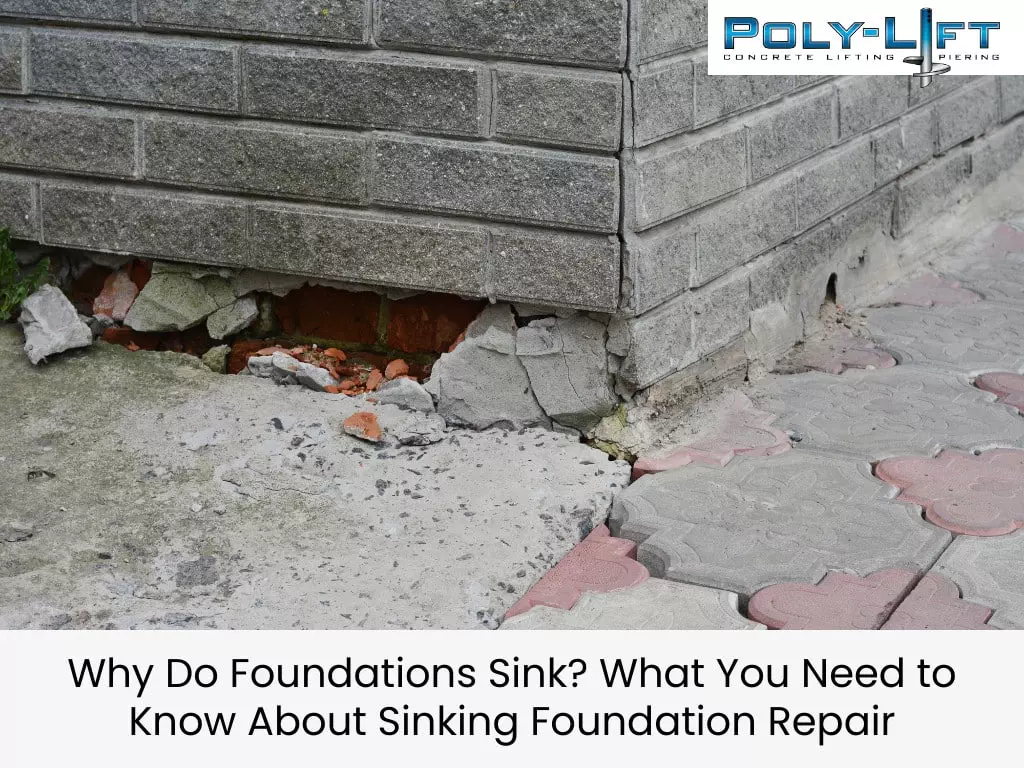
Why We Love Sinking Foundations (And You Should, Too!)
Are you aware that sinking foundations could actually be a blessing in disguise? A sinking foundation might sound like a homeowner’s nightmare, but it can be an eye-opener. You might find that what seems like a problem could lead to stronger, more stable homes. You might be skeptical now, but consider how addressing foundation issues early can prevent bigger problems down the line.
Every crack in your house doesn’t mean doom. In fact, these can be an opportunity to strengthen and stabilize your home. Whether it’s through foundation repair, underpinning, or leveling, these processes can transform a weak foundation into a robust one. Therefore, identifying and addressing settling foundation issues can save you money and stress in the future.
Curious about how this works? Ready to learn why embracing these challenges might be the smartest move for your home’s safety? Dive into the details and discover how you can turn potential problems into solutions. Your home will thank you!
Within the post
The Appeal of a Sinking Foundation
Understanding its Unique Challenges
You might wonder why the idea of a sinking foundation fascinates so many people. It’s because these foundational issues bring along complex challenges that test your problem-solving skills. Imagine dealing with a house that seems to sink slowly into the ground. Sounds daunting, right?
But think about the unique insights this brings to homeowners like yourself. Understanding these challenges can turn a frustrating issue into an opportunity to learn something new. You begin to see your home as a living, breathing structure that requires care and attention, just like anything else you love.
Why You Should Care
A sinking foundation isn’t just a problem that affects your house physically; it can also impact your home’s value significantly. If you ever plan to sell your house, potential buyers will want to know if the foundation is solid. Therefore, addressing foundation issues early keeps the value of your home intact.
Moreover, getting to know your foundation’s condition can help you save money in the long run. Understanding these issues and addressing them promptly prevents minor problems from turning into major, costly repairs. Essentially, it’s like having insurance for your home’s future.
Common House Foundation Issues
Identifying Structural Foundation Problems
Your house may show signs of distress if it’s suffering from foundation problems. Look for foundation cracks and uneven floors. These are telltale signs of a settling foundation. Spotting these early can make all the difference. Uneven floors, doors that jam, or windows that don’t close properly can indicate structural foundation problems.
Sometimes, it’s easy to overlook these signs as minor nuisances. However, if left unchecked, they can escalate into more significant, costly problems. Knowing what to look for helps you take action sooner rather than later.
Role of Foundation Inspection
Foundation inspection plays a crucial role in maintaining your home’s stability. During an inspection, experts can reveal crucial foundation concerns that you might miss. These inspections often serve as a guide for timely foundation repair actions, ensuring small issues don’t become larger ones.
Think of inspections as regular check-ups for your home. Just like a routine doctor’s visit, these check-ups keep your house healthy and strong. With a clear understanding of your foundation’s state, you can make informed decisions about necessary repairs.
Early Signs of Trouble
Are you noticing minor cracks or moisture in your basement? These are some early signs of trouble. Being alert to these minor issues and taking quick action can prevent major problems down the road. Cracks around doorways or windows and excess moisture can lead to more severe issues if not addressed promptly.
Don’t wait until these minor issues turn into larger headaches. By acting quickly, you can ensure a more stable and secure home environment.
Techniques for Foundation Repair
When it comes to foundation troubles, professional help is often the best course of action. Consider professional solutions for safety and effectiveness. Techniques like Foundation underpinning, foundation leveling, and foundation reinforcement can all play a part in repairing a sinking foundation. These techniques ensure lasting results, giving you peace of mind.
- Foundation underpinning
- Foundation leveling
- Foundation reinforcement
Each of these techniques serves a specific purpose, and understanding which one suits your situation best is key. Proper repair ensures that your home remains safe and sound for years to come.
Benefits of Foundation Stabilization
Investing in foundation stabilization significantly improves your home’s structural integrity. Knowing that your house rests on a stable foundation can ease much of the stress that comes with homeownership. But what specific benefits does stabilization offer?
Enhancing Home Safety
Stabilization reduces risks of collapse, ensuring your home is a safe place for your family. A strong foundation is crucial for safety. Imagine the peace of mind you’ll have knowing your home can withstand the test of time and the elements.
In addition to physical safety, stabilization boosts your home’s overall structural health, further reducing risks associated with settling foundations.
Increasing Home Value
Having a stable foundation also makes your home more attractive to potential buyers. When buyers see that you’ve invested in your home’s structure, they feel more confident in their purchase. Therefore, investing in foundation repair and stabilization now can pay off when it’s time to sell.
Ensuring Long-Term Durability
Proper foundation repair techniques extend your home’s lifespan, making stabilization a wise investment. This not only preserves your property but also reduces future repair costs. You can rest easy knowing that your home’s foundation will stand strong for years to come.
When a house has a stable foundation, it maintains better market value. Investing in the right stabilization techniques now ensures that you avoid more costly repairs later. Essentially, you’re protecting your largest investment—your home.
Choosing the Right Techniques
Choosing the right stabilization techniques is crucial for the well-being of your foundation. Consult experts for personalized solutions that fit your specific needs. Professionals can guide you through the process, ensuring the right method for your home.
A one-size-fits-all approach rarely works when it comes to foundation repair. Each home is unique, and having a tailored plan ensures the most effective solution.
Preventing Future Settling Foundation
What can you do to prevent future foundation problems? Regular Foundation inspection is a great first step. These inspections help catch issues early, making repairs less costly and more manageable.
Maintaining Drainage Systems
Maintaining proper drainage systems is another critical factor. Proper drainage prevents water damage, which can greatly affect your foundation. Ensuring even soil moisture levels helps maintain a stable environment for your home. When water is unevenly distributed around your foundation, it can cause uneven settling.
Think of good drainage as a protective measure that keeps excess water from wreaking havoc on your home.
Exploring Foundation Underpinning
What Is Foundation Underpinning?
So, what exactly is foundation underpinning? Simply put, underpinning strengthens and stabilizes foundations. This technique involves adding support to your existing foundation, making it more stable and resilient.
Underpinning can transform a once shaky foundation into a secure, long-lasting structure. It’s a vital step in addressing sinking foundations effectively.
Methods and Materials
You might be curious about the materials used in underpinning. Concrete piers and steel pipes are common choices. Each material has specific applications depending on your foundation’s needs and the surrounding soil conditions. Concrete is often used for traditional homes, while steel offers a flexible option for varied soil types.
Choosing the right material is crucial for the underpinning process. Each method is tailored to ensure the best results for your specific situation.
Choosing the Right Method
When it comes to choosing the right underpinning method, consultation with experts is key. They’ll help you select suitable methods based on your home’s specific needs. A tailored approach ensures effectiveness and safety.
Factors like soil conditions and foundation type heavily influence which method will be most effective. An expert can weigh these factors and provide the ideal solution for your home.
Why We Love Sinking Foundations
Learning from Challenges
One of the reasons sinking foundations are so intriguing is their ability to inspire innovative solutions. Challenges inspire the development of new techniques and methods that not only solve current issues but also prevent future ones.
Each problem presents a learning opportunity. From new materials to cutting-edge technology, sinking foundations have propelled advancements in repair techniques that benefit everyone.
Appreciating Foundation Complexity
Addressing a sinking foundation highlights the complexity of foundation systems. Complex problems often enhance our community knowledge. They encourage collaboration among experts, pushing the boundaries of what we know.
Sinking foundations also encourage creativity. Engineers and homeowners alike come together to solve these intricate problems, fostering an environment of teamwork and shared knowledge.
Embracing Change
Embracing the challenges of a sinking foundation encourages continuous learning. As you face and solve these issues, you’re also driving improvements in home safety.
Adaptation leads to better living conditions. By understanding and addressing the issues associated with sinking foundations, you contribute to a safer, more knowledgeable community. In the end, these challenges enrich the understanding of home construction and foundation stability.
Why Addressing Foundation Issues Matters to You
Understanding and addressing foundation problems can save you time and money in the long run. A strong, stable foundation prevents further damage to your home, ensuring your property remains safe and livable. You’ll appreciate the peace of mind that comes with knowing your home is built on solid ground. By being proactive, you protect your investment and enhance your living environment.
Next, consider scheduling a professional inspection of your home’s foundation. This step helps identify any existing issues and provides a clear picture of what repairs might be needed. You can also research reputable foundation repair services in your area to find the best solutions that fit your needs. Taking these steps will keep your home sturdy and secure.
Now is the time to take action. Contact a local expert to discuss your foundation needs and start planning any necessary repairs. Doing so will help you safeguard your home for years to come. Your home deserves this attention, and you deserve the confidence that comes with a stable foundation.
